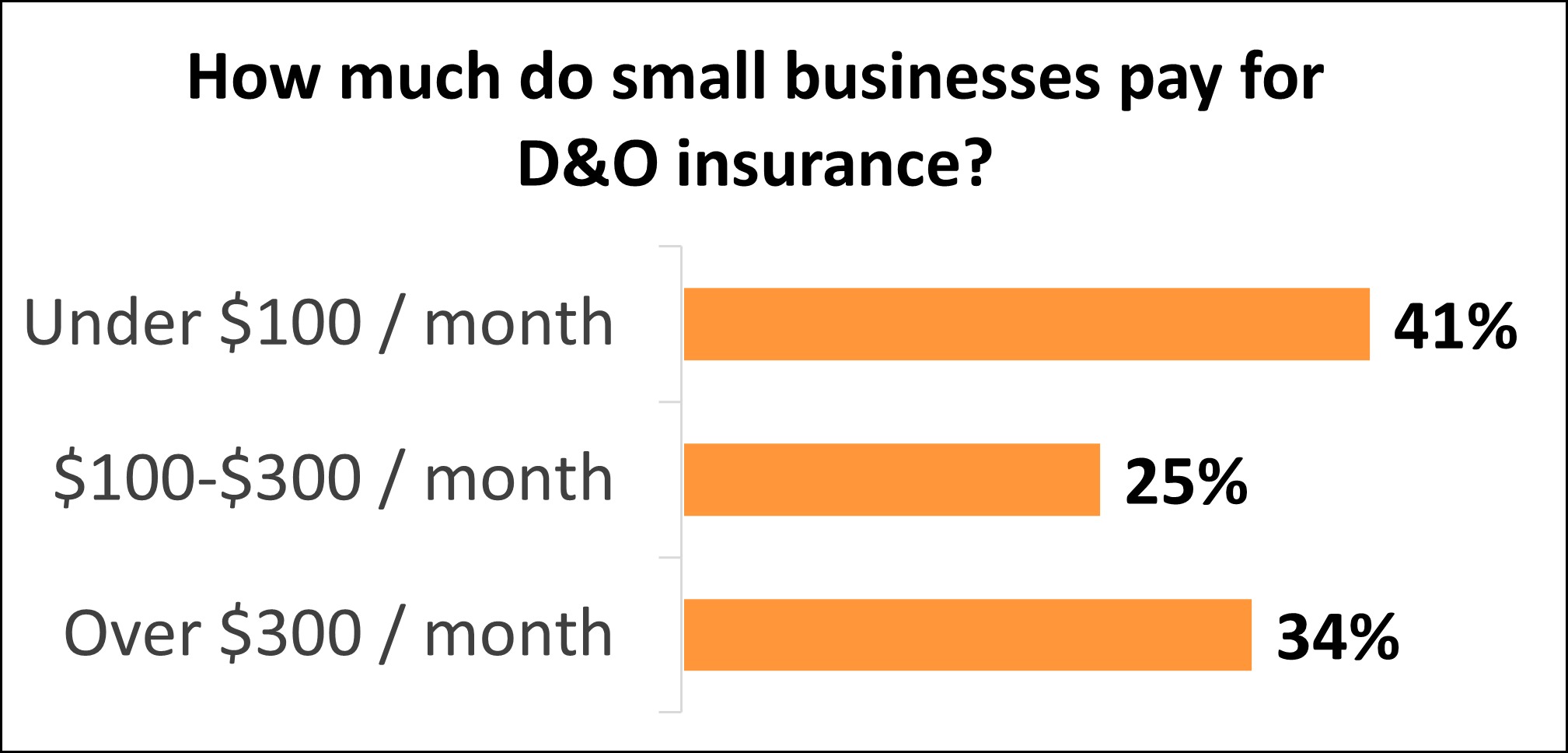

Finance
Earnings Momentum Definition And Example
Published: November 15, 2023
Discover the meaning and illustration of earnings momentum in finance. Gain insights into the importance and implications of this concept in financial analysis.
(Many of the links in this article redirect to a specific reviewed product. Your purchase of these products through affiliate links helps to generate commission for LiveWell, at no extra cost. Learn more)
Understanding Earnings Momentum: Definition and Example
Welcome to the FINANCE category of our blog! In today’s post, we are going to delve into the concept of earnings momentum and explore its significance in the realm of finance. Whether you are an investor, a financial analyst, or simply interested in understanding the dynamics of the stock market, earning momentum plays a crucial role in determining the potential growth of a company and its ability to generate profits. So, let’s dive right in!
What is Earnings Momentum?
Earnings momentum refers to the rate at which a company’s earnings are growing or declining. It is a measure of the company’s ability to consistently increase its profitability over a specific period of time. Positive earnings momentum indicates that a company’s financial performance is improving, while negative earnings momentum suggests a decline. Investors and analysts often monitor earnings momentum closely as it provides insight into the future prospects and potential stock price movements of a company.
Key Takeaways:
- Earnings momentum reflects the rate at which a company’s earnings are growing or declining.
- Positive earnings momentum indicates improving financial performance, while negative earnings momentum suggests a decline.
Example of Earnings Momentum
Let’s take a hypothetical example to understand earnings momentum better. Suppose Company A reported earnings of $1 million in the first quarter, followed by $1.5 million in the second quarter and $2 million in the third quarter. This sequence of increasing earnings shows positive earnings momentum. It suggests that Company A is growing and generating more profits over time. On the other hand, if Company B reported earnings of $2 million in the first quarter, followed by $1.5 million in the second quarter, and $1 million in the third quarter, this indicates negative earnings momentum. It implies that Company B’s financial performance is declining, which might be a cause for concern for investors and analysts.
Earnings momentum can also be observed for individual stocks or entire sectors. A sector experiencing positive earnings momentum might attract more investor interest, leading to an increase in stock prices within that sector. Conversely, a sector with negative earnings momentum might see a decline in stock prices.
Conclusion
Earnings momentum is a vital metric for investors and analysts to evaluate a company’s growth potential and financial health. By monitoring the trend in a company’s earnings, one can gain valuable insights into the company’s prospects, make informed investment decisions, and potentially capitalize on market opportunities. Remember, positive earnings momentum indicates growth and positive prospects, while negative earnings momentum suggests caution and further analysis. So, keep an eye on earnings momentum while navigating the world of finance!














